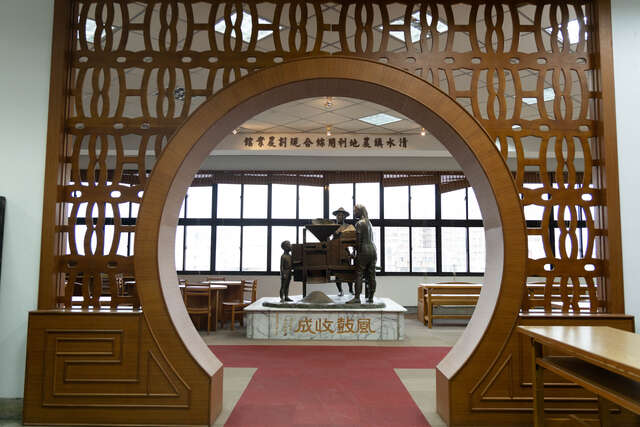Qing Shui District Rural Cultural Museum Introduction
Entering the Rural Cultural Museum of this area is like stepping into a time tunnel, revisiting the simplicity of childhood and returning to a rich, human-centered agricultural society. The preparation for the Rural Cultural Museum began at the end of 1990, utilizing press releases and widespread promotion through village offices and agricultural group leaders, receiving enthusiastic responses from farmers who provided precious and rare traditional farming tools and items from past rural life, with some even qualifying as antique artifacts, given freely to us, which was deeply moving. These well-preserved farming tools and daily necessities bear witness to the extraordinary wisdom of our ancestors and their pioneering spirit through hard work. The Rural Cultural Museum was successfully established in June 1991, covering an area of 270 square meters, with 152 dedicated individuals generously contributing a total of 1,104 pieces of rural artifacts and daily items. The exhibits are categorized by purpose and traditional customs into seventeen categories, including agricultural tools, everyday items, hall supplies, tools for agricultural side businesses, bedroom goods, fishing gear, kitchen tools, dining utensils, tilling tools, rice planting equipment, weeding and tilling implements, harvesting tools, transport tools, irrigation tools, and herbal equipment. The content fully reflects the evolution of rural culture in the past. It allows future generations and visiting guests to feel as if they have walked into a time tunnel upon entering the museum. A sense of gratitude for the hard work of our ancestors and their contributions to society arises naturally, as well as a comparison of the historical evolution of agricultural tools and daily items, contrasting past and present life.






























